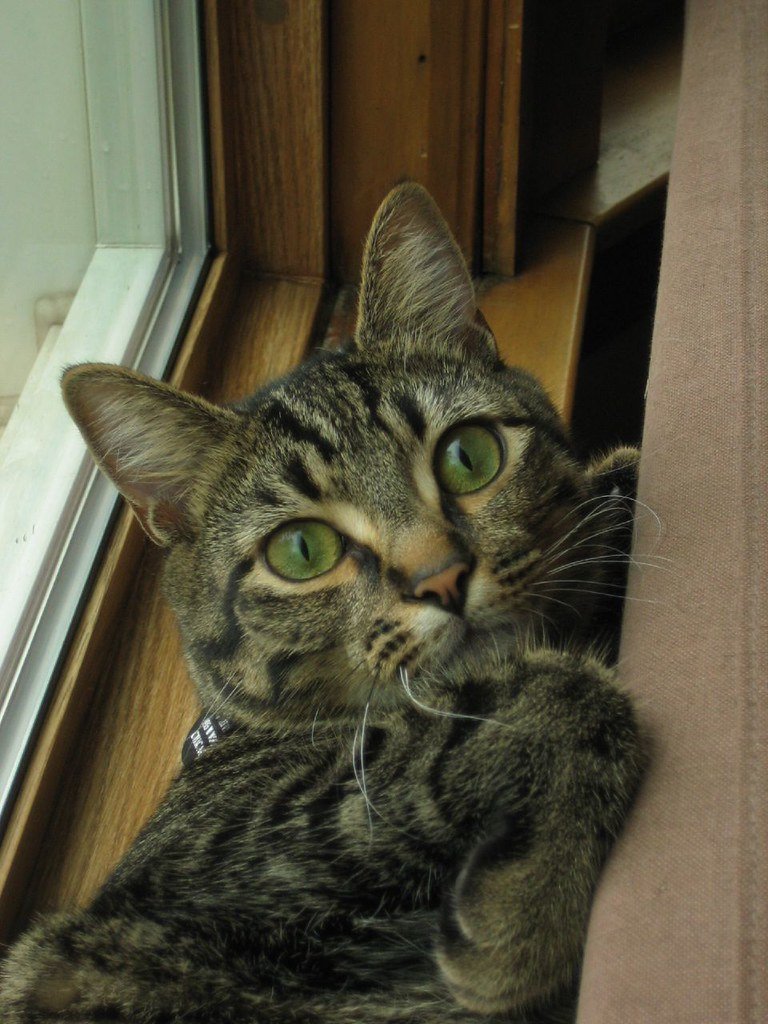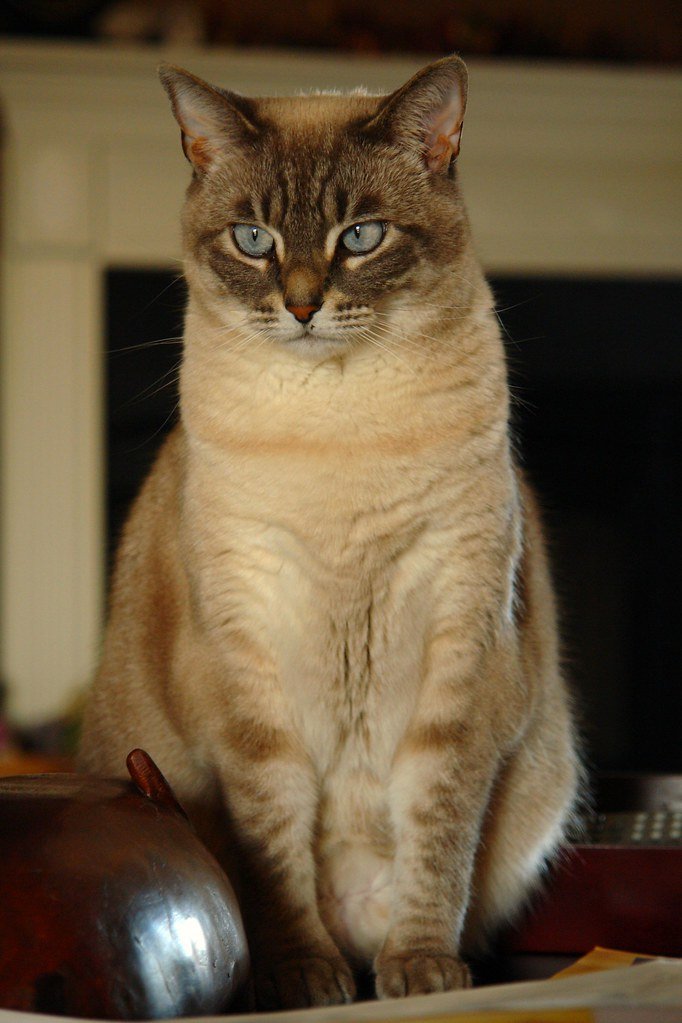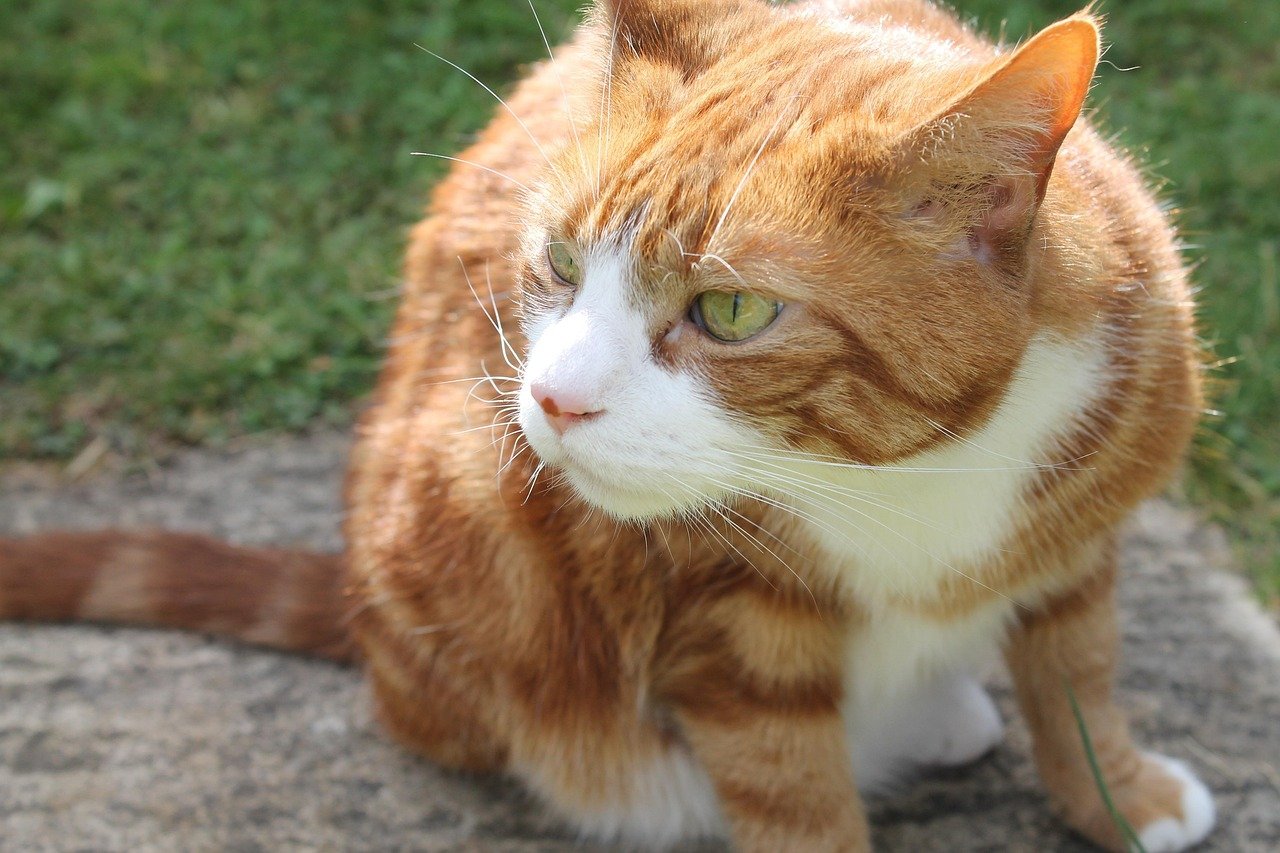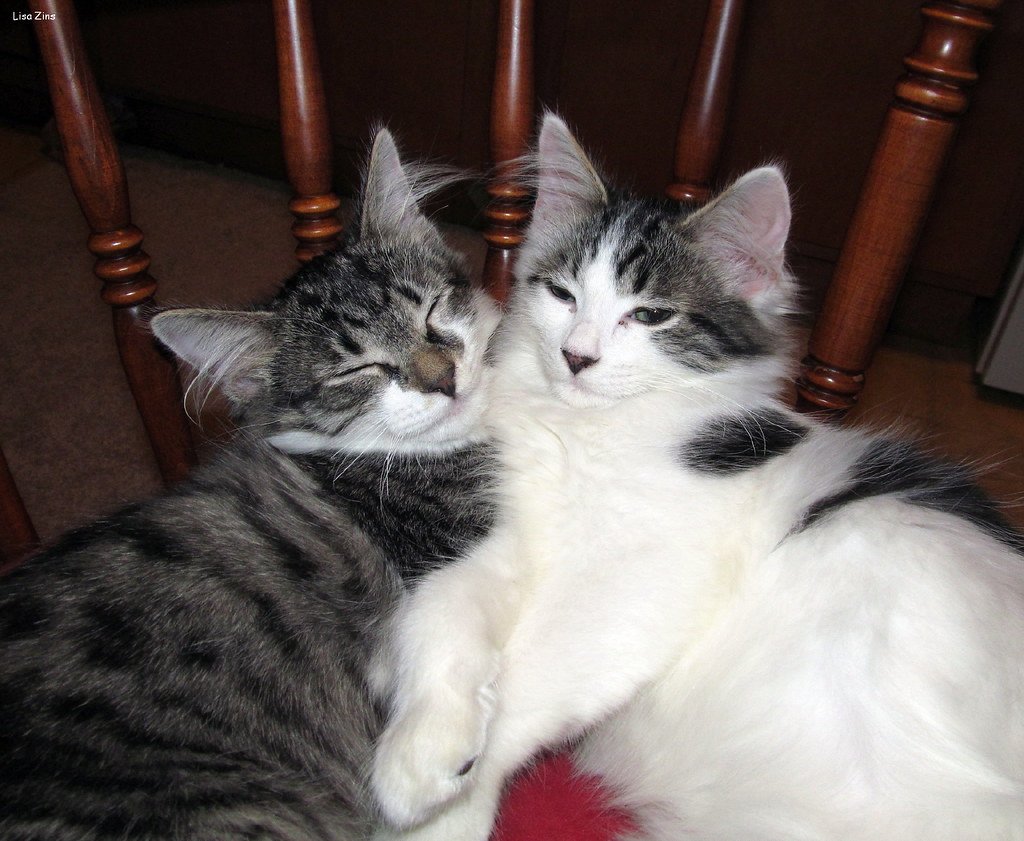Transform Empty Boxes Into Adventure Playgrounds

Before you toss that Amazon delivery box in the recycling bin, consider this: your cat might see it as the ultimate fortress. Cats are naturally drawn to enclosed spaces because they provide security and a perfect vantage point for hunting imaginary prey.
Cut holes in different sides of cardboard boxes to create tunnels, hideouts, and peek-a-boo spots. Stack smaller boxes inside larger ones for multi-level exploration. Your living room might look like a cardboard city, but your cat will thank you with hours of entertainment.
Master the Art of Strategic Furniture Rearrangement

Moving your couch six inches to the left isn’t just interior design—it’s cat psychology in action. Cats are creatures of habit, but they also crave novelty and mental stimulation. When you slightly alter their familiar territory, you’re essentially giving them a brand new world to explore.
Try rotating which chairs are accessible for climbing, or temporarily block certain pathways to create new routes through your home. Even something as simple as moving their favorite blanket to a different spot can reignite their curiosity and encourage exploration.
Create Treasure Hunts With Their Daily Meals

Forget the boring food bowl routine—your cat’s ancestors had to work for every meal, and deep down, your pampered house cat still craves that challenge. Hiding small portions of their kibble around the house taps into their natural hunting instincts and prevents the mindless gobbling that leads to upset stomachs.
Start simple by placing food in different rooms, then graduate to more creative hiding spots like inside toilet paper rolls or under overturned cups with holes cut in them. This mental stimulation can be just as tiring as physical exercise, leaving your cat satisfied and content.
Turn Your Windows Into Nature Television

If your cat could choose their favorite TV channel, it would definitely be “Bird and Squirrel Network,” available 24/7 through any window. But many cats miss out on this free entertainment because their humans don’t realize how much mental stimulation comes from simply watching the outside world.
Clear those window sills and create comfortable viewing spots with folded towels or blankets. If your windows are too high, drag over a chair or small table to create a cat-friendly observation deck. Some cats will spend hours mesmerized by falling leaves, passing cars, or the neighbor’s dog.
Rotate Toys Like a Professional Toy Librarian

That catnip mouse that your cat ignored for three months? It might become their new obsession if you put it away and bring it back later. Cats experience something called “neophilia”—they’re naturally attracted to new things, but they also get bored with constant stimulation.
Keep only two or three toys available at a time, then swap them out weekly. Store the unused toys in a closed container so they don’t lose their appeal. When you reintroduce that feather wand after a month-long hiatus, your cat might react like they’re seeing it for the first time.
Design Vertical Highways Using Existing Furniture

Your cat doesn’t see your bookshelf as storage—they see it as a magnificent climbing structure that you’ve thoughtfully provided for their entertainment. Cats feel safest when they can survey their territory from above, and creating clear pathways between high surfaces gives them confidence and exercise.
Look at your room from a cat’s perspective and identify ways to connect tall furniture pieces. Sometimes just moving a small stool between your dresser and bookshelf creates an entirely new route for exploration. Your cat will appreciate having options for reaching their favorite high perches.
Establish Secret Hideouts in Unexpected Places

Every cat needs a fortress of solitude, and you probably have several potential hideouts in your home right now. Under beds, behind curtains, inside open closets, or even underneath side tables can become perfect retreat spots with just a little preparation.
Place a soft towel or small blanket in these quiet corners to signal that they’re safe spaces. Having multiple hideouts throughout your home gives your cat options when they need to decompress or simply observe their domain from a secure location.
Turn Household Items Into Puzzle Feeders

That plastic bottle you’re about to recycle could become your cat’s new favorite brain teaser. Clean containers with holes cut in them make excellent puzzle feeders that challenge your cat to work for their treats. The sound of kibble rattling inside adds an extra layer of intrigue.
Toilet paper tubes, egg cartons, and even ice cube trays can be transformed into food puzzles. Just make sure any containers are thoroughly cleaned and don’t have sharp edges. Your cat will spend more time eating, which is better for digestion and mental health.
Create Sensory Experiences With Everyday Scents

Your cat’s sense of smell is fourteen times stronger than yours, which means they’re experiencing a rich world of scents that you’re completely missing. Bringing safe, new smells into their environment can provide incredible mental stimulation without costing a penny.
Fresh herbs like basil or mint (in small amounts and supervised), different types of wood, or even a paper bag that held something interesting can captivate your cat’s attention. Just avoid anything toxic to cats and always supervise these scent explorations.
Schedule Daily Interactive Play Sessions

Your hands and feet make terrible cat toys, but your enthusiastic participation in playtime makes all the difference. Cats are most active during dawn and dusk, so timing your play sessions with their natural energy cycles will yield the best results.
Use whatever you have on hand—a string, a piece of paper, or even your finger moving under a blanket. The key is consistency and engagement. Ten minutes of focused play where you’re actively moving the “prey” is worth more than an hour of passive toy availability.
Conclusion: Small Changes, Big Impact

The most effective cat enrichment doesn’t require expensive gadgets or elaborate setups—it just requires understanding what makes your cat tick. These simple strategies work because they tap into your cat’s natural instincts for hunting, climbing, hiding, and exploring.
Start with one or two of these ideas and watch how your cat responds. You might be surprised by how much more engaged and content they become with just a few thoughtful changes to their environment. After all, the best cat toys are often the ones that don’t come from a pet store.
Which of these free enrichment ideas will you try first with your feline friend?
Hi, I’m Bola, a passionate writer and creative strategist with a knack for crafting compelling content that educates, inspires, and connects. Over the years, I’ve honed my skills across various writing fields, including content creation, copywriting, online course development, and video scriptwriting.
When I’m not at my desk, you’ll find me exploring new ideas, reading books, or brainstorming creative ways to solve challenges. I believe that words have the power to transform, and I’m here to help you leverage that power for success.
Thanks for stopping by, Keep coming to this website to checkout new articles form me. You’d always love it!






